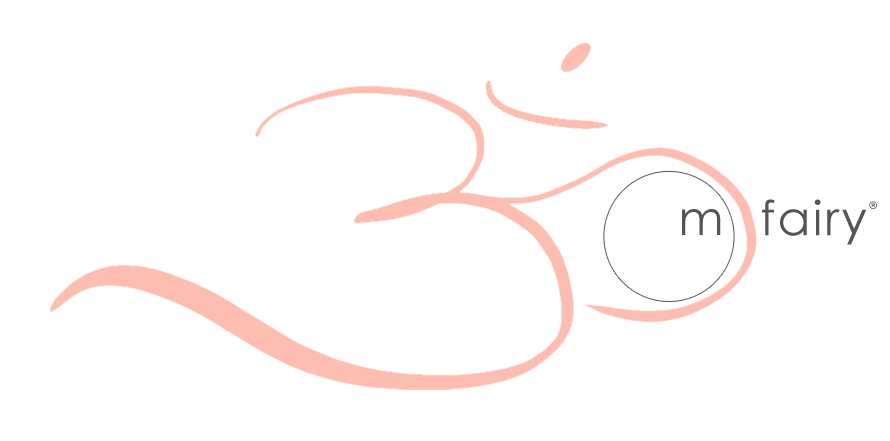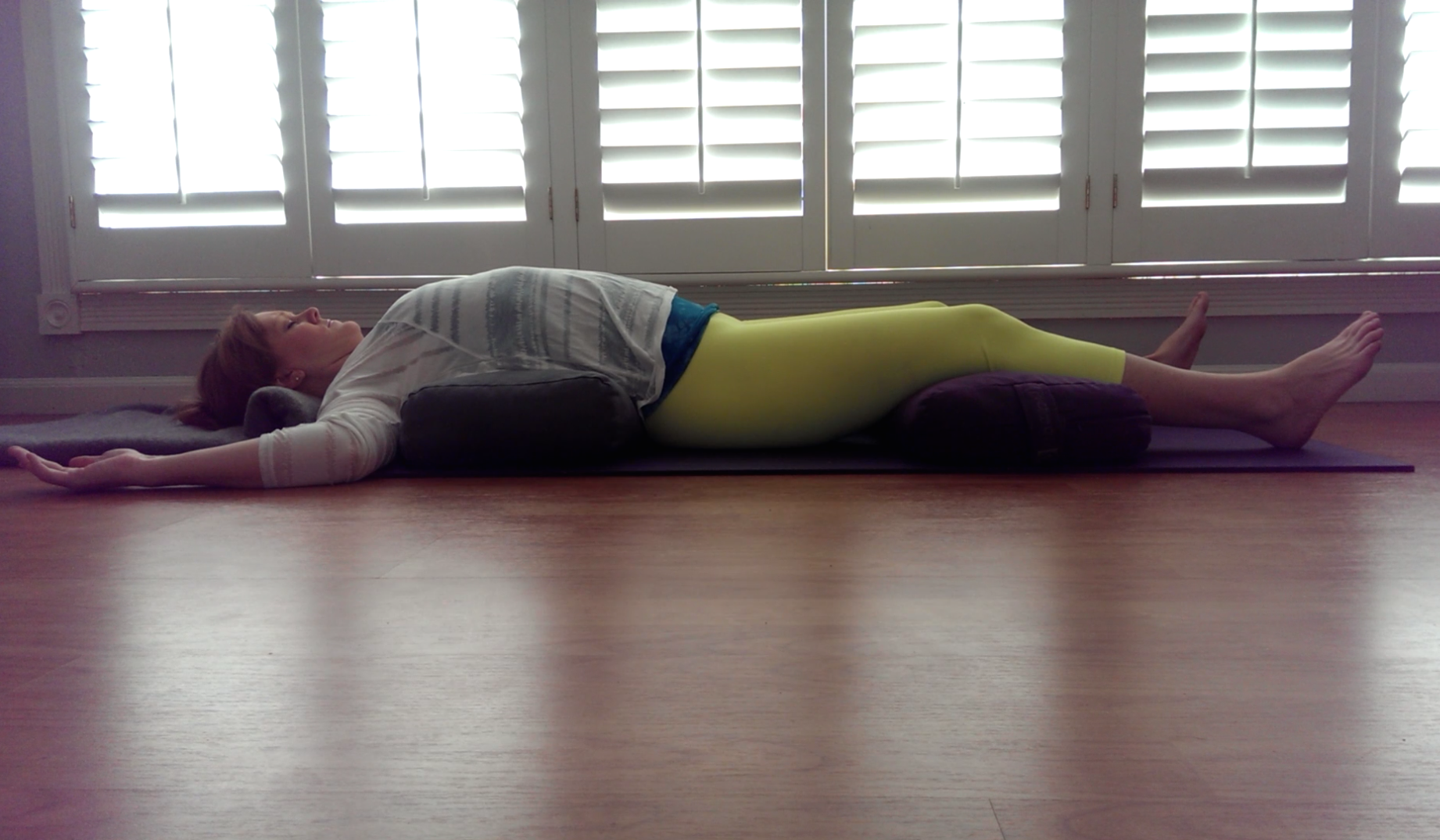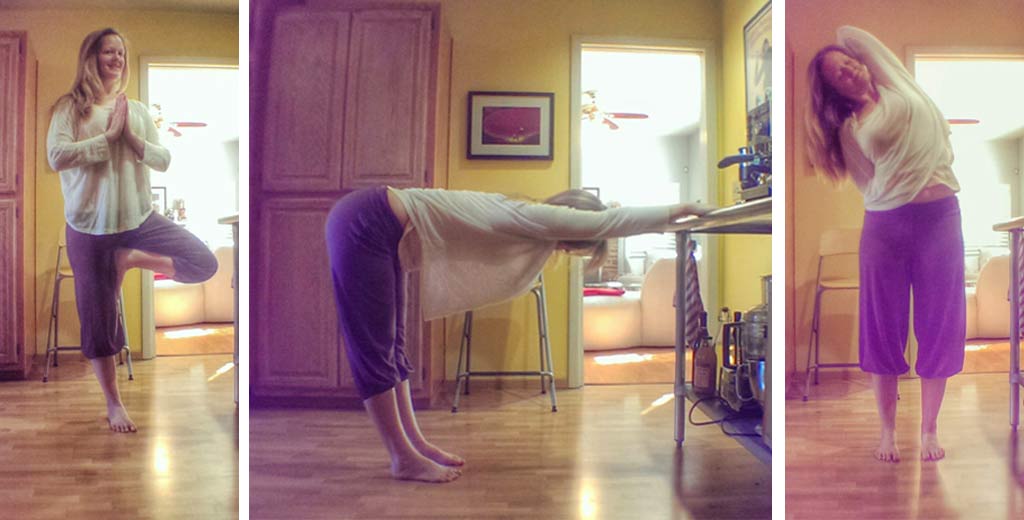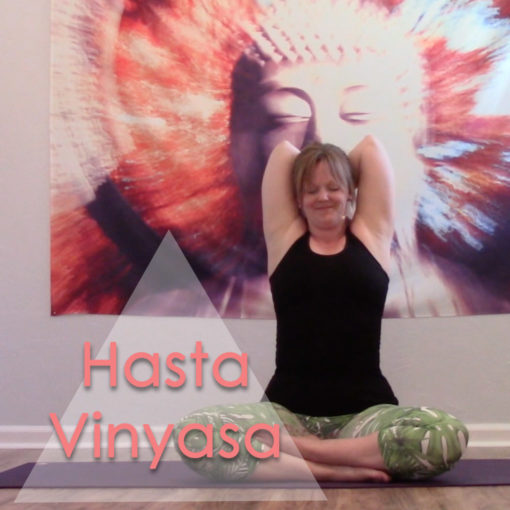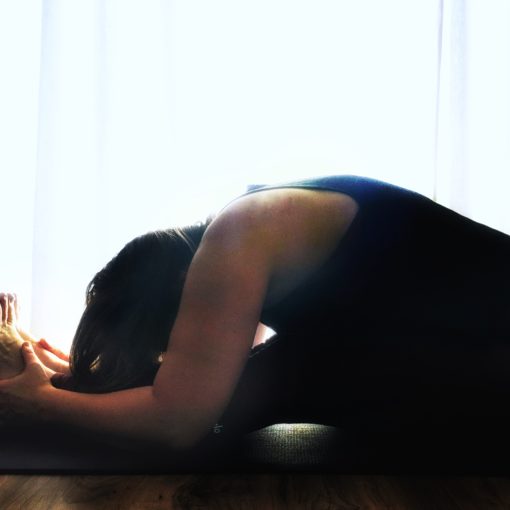Naming this article “The Sun Salutation” might be a misnomer, as there isn’t exactly one, but many variations on this building block of modern yoga. Each yoga lineage seems to have their own offshoot of the salutation, and in consulting various texts on yoga, there seems to be nearly as many reasons for doing this series of asanas. Let’s look at just a smattering of reasons one should perform the sun salutation, or surya namaskar, from my limited library of yoga texts:
- Sun Salutation limbers up the whole body in preparation for the asanas
- Each position counteracts the one before stretching the body in a different way and alternately expanding and contracting the chest to regulate the breathing.
- Practiced daily it will bring great flexibility to your spine and joints and trim your waist.
- Suryanamaskar develops the arms and the chest.
- For stiff people the sun salutation is a great boon in helping to regain lost flexibility.
- Surya namaskar establishes intention for your entire practice because it is akin to bowing in a temple in prayer.
- It is from the foundation of surya namaskar that all other movements flow.
- Sun salutation helps to regulate the breathing and focus the mind.
- It brings various vertebral movements to the spinal column.
- It is a warm up exercise that is done a number of times to improve cardiovascular fitness.
- Surya namaskar alleviates depression, brings health and vitality to the body and sunlight to the spirit.
- It is the reverse of our natural development from fetal position to standing. In surya namaskar we move from standing to crawling.
- Sun salutation builds heat in the body before performing asana.
While I personally find some of these purposes a little more far-fetched than others, I would say that they all have some if not a lot of truth to them, though it may depend on how you perform this sequence of asanas. Moving quickly through will indeed increase your heart rate, while moving more slowly could give time for more introspection as well as help one develop flexibility without hurting himself. After a few rounds, yes indeed, you will definitely feel some changes in the muscles of the arms and the chest!
Which brings us to the question – how many rounds of sun salutation should I do? In looking for this answer we find quite a variety of answers as well. Four, five, six, up to twelve are the numbers that were mentioned, though there are even rules to break this prescribed number. Do less on a hot day, more on a cold day. Do surya namaskar until the body feels awake and balanced. Do 108 to celebrate the change of seasons. Increase the number according to capacity.
That last statement probably would have had me at zero or maybe one sun salutation when I began my practice. Earlier I alluded to the fact that I hated sun salutations (actually, I didn’t allude, I outright stated it). I saw it as an exercise that I needed to push through so I could get to the fun stuff. It was only one day when I switched up my music and slowed my practice down that I came to see a different side of the sun salutation. For me, it moved from a place to build cardiovascular endurance to a place where I could feel what was happening in my body on this day – an extension of the purpose of my beginning corpse pose. From that point on, my sun salutation practice grew longer and longer.
What I’ve shared with you in the video above is generally how I start my sun salutations. Slow, in the style of Sivananda, with a few extra breaths taken in each asana. Then I move into a blended sun salutation, more in the style of vinyasa or ashtanga, but keeping some elements from my Sivananda practice. Give it a try, and then take a look at the variety of styles of sun salutations below. Find what works best for you and begin to work it into your daily routine!
For each sun salutation below, I’ve noted an ‘i’ where one is supposed to inhale with the movement and an ‘e’ where one is to exhale. Further notes underneath the images will indicate if any of the poses (often down dog) are to be held for multiple breaths.
Sivananda Sun Salutation
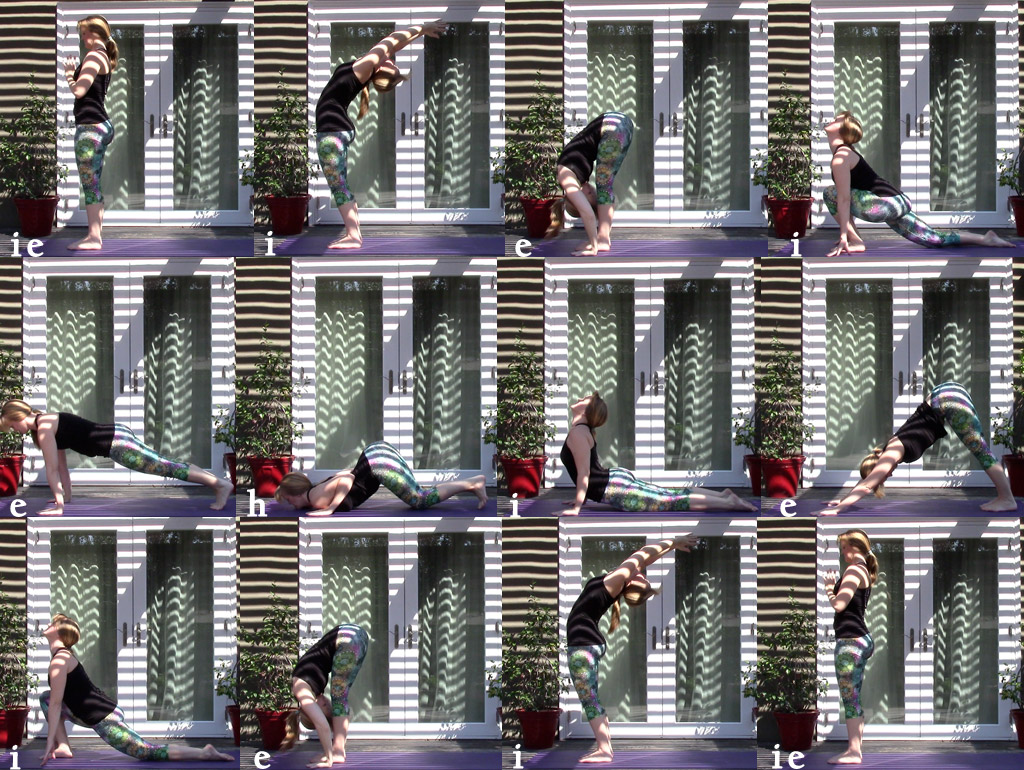
The Sivananda sun salutation takes the body through 12 positions, moving fluidly with the breath and not pausing in any one pose. One should perform an even number of rounds so the movement is even between both sides of the body. The sun salutation is a warm up performed after pranayama (breathing exercises) before moving into the asana practice. This is also the only sun salutation of this group that has a breath hold (indicated by the ‘h’) as one lowers down to knees/chest/chin from plank.
Ashtanga Sun Salutation A
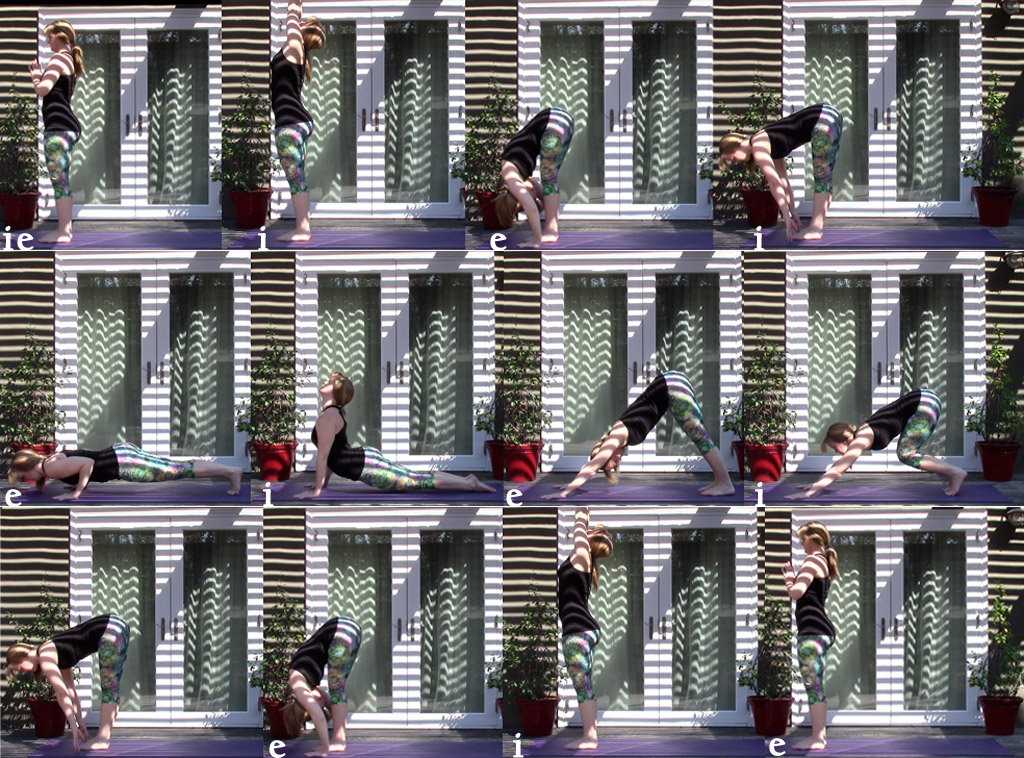
Ashtanga’s sun salutation A is performed for 5 rounds at the beginning of practice before moving along to sun salutation B. Similar to the Sivananda salutation, one moves with the breath, but you pause in down dog for 5 breaths. This salutation is usually vigorous, building heat from the jumping forward and back instead of stepping, and the control needed to move through chaturanga.
Ashtanga Sun Salutation B
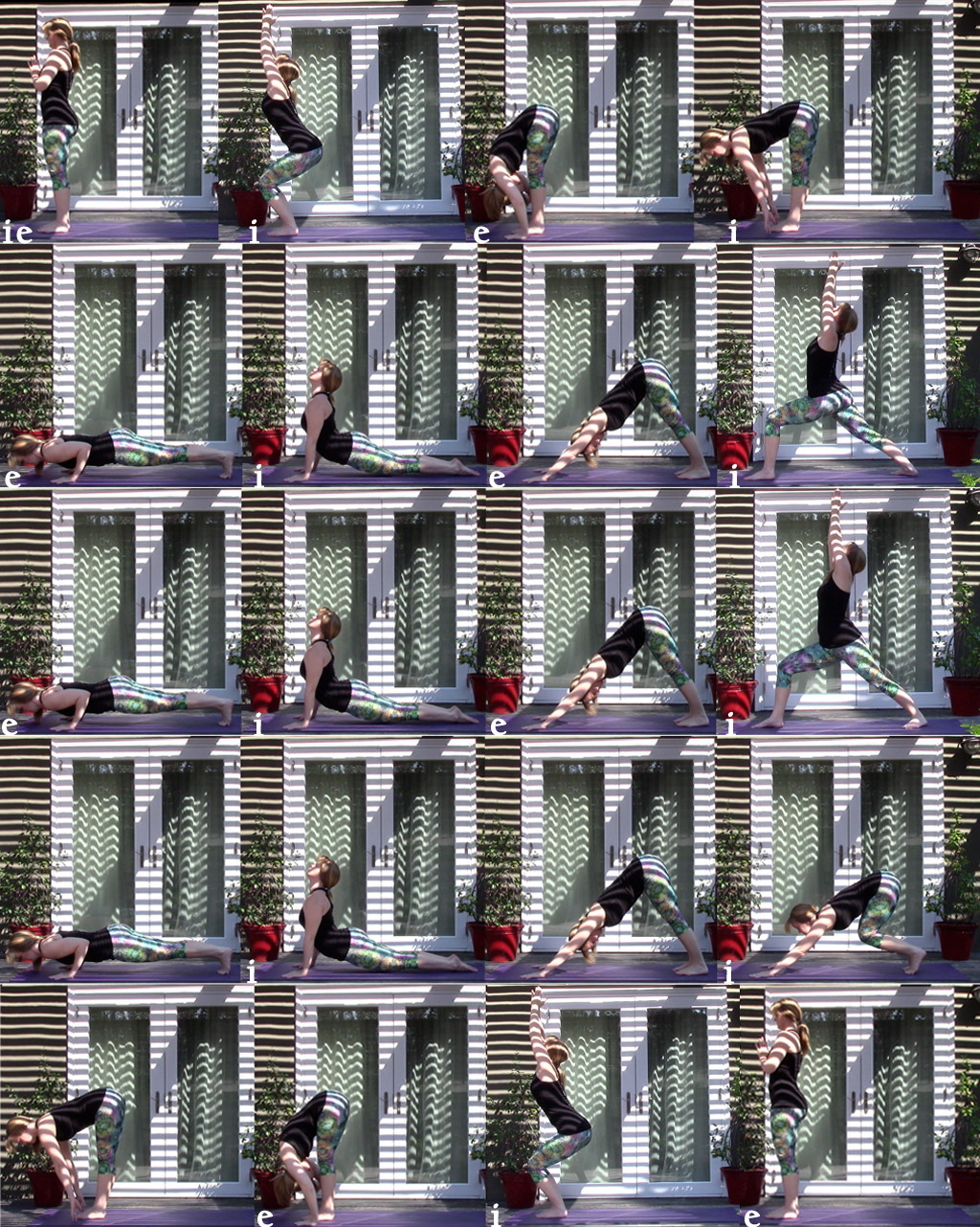
Ashtanga’s sun salutation B is performed for 5 rounds before moving onto the primary series’ asanas. It works in chair and warrior 1 poses, and for the first two down dogs one doesn’t pause. For the last down dog, however, one pauses for 5 breaths before jumping forward.
Jivamukti Sun Salutation
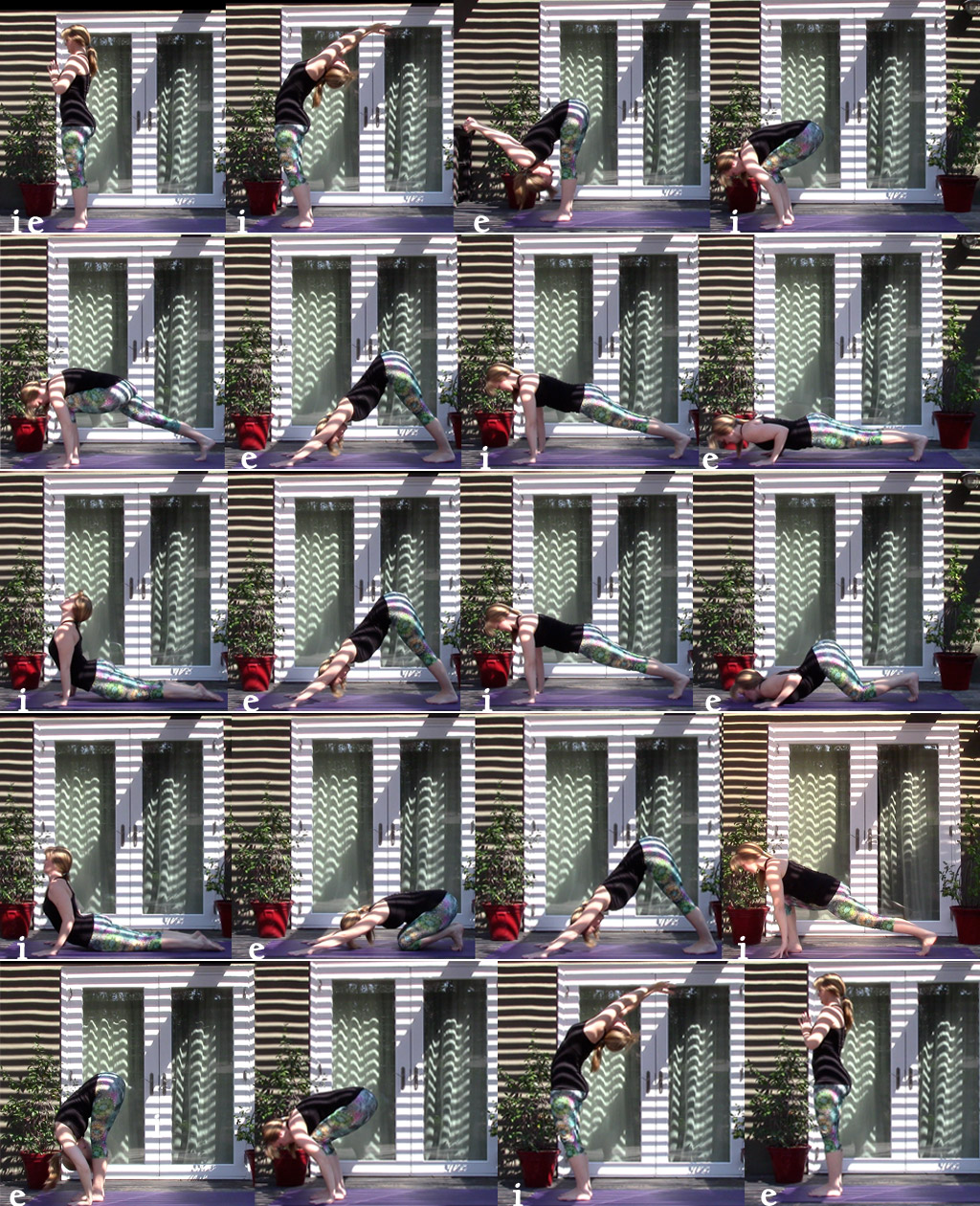
The Jivamukti sun salutation is very interesting as it pulls in a variety of elements from each of the styles listed above. Instead of just sitting back in chair, the fingers graze the floor before clasping the hands behind the back and opening up through the chest and shoulders in forward fold. There’s an active version of child’s pose when transitioning from cobra to down dog. Plus, one gets to do knees/chest/chin and chaturanga, cobra and upward dog, before coming back to tadasana and doing the other side.
Vinyasa Flow Transition from Down Dog to Half Forward Fold

Something you’ll often see in vinyasa flow classes is for the transition from down dog to the forward fold getting an extra little step by lifting the leg into three-legged dog. From down dog, one inhales the leg into the air, then with the exhale lands the foot near or between the hands. As you step the other foot forward, lift the body half-way, inhaling, before exhaling into the forward fold. This can be worked into most any of the salutations above, so long as you are not jumping forward as in Ashtanga’s sun salutation A.
